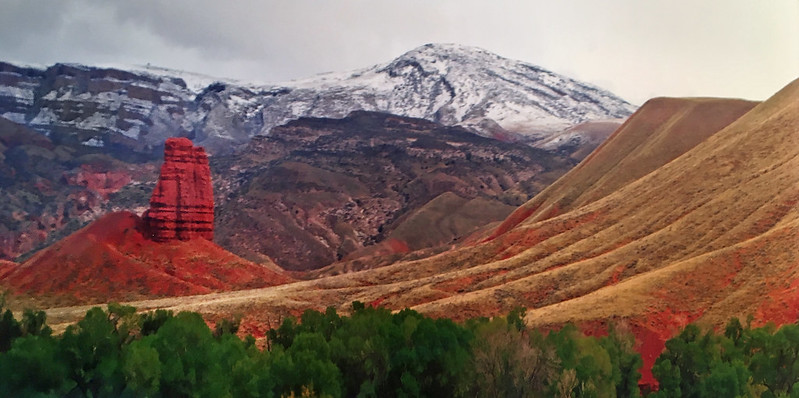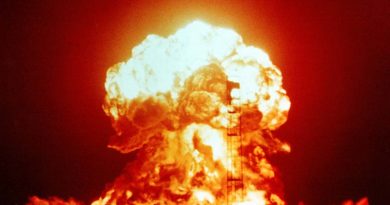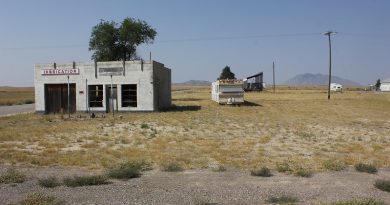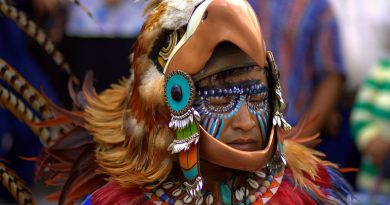Lakota Victory: The Battle of Little Bighorn
History Facts
Where: Little Big Horn, Montana, USA
When: 1876. The battled lasted for ‘as long as it takes for a hungry man to eat his dinner’
History: Awesome victory of the Indian tribes united against American gold diggers.
Where It’s At
Little Big Horn was the site of one of the bloodiest battles in modern American history when in 1876 General Custer and his cavalry were massacred by two thousand Sioux warriors, defending their territory from the gold hungry prospectors.
History Facts
By 1865, Gold has been discovered in Idaho and Montana, and Congress passed a bill to create a highway from Fort Laramie to Bozeman, across the best buffalo hunting ground of the two major tribes, the Ogalala and the Brule. The survival of the tribes was ecologically balanced around the hunting of the buffalo which the new highway put under threat. The tribes were not represented at the original talks, dominated by greedy white merchants. Those tribes who lived or hunted on the land of the highway resisted and attacked the white.
After many bloody conflicts between the travellers and native Americans, Fort Phil Kearny became the site of a violent war between the US army and the Sioux, Cheyenne and Arapaho Indians, who left their reservations to protect the last great hunting ground on the plains of the Black Hills. They gathered in Montana with their leader, Sitting Bull, to fight for their land. Sitting Bull was the spiritual and political leader of the Lakota tribe. Before the epic battle in Little Big Horn, the great one had visions of dead soldiers falling into his camp. To the tribes, the battle signified a total end of their nomadic lifestyle. It was an end of an era in which they could roam freely and follow the buffalo herds, and they were determined with the strength of their spiritual guides to hold onto their land at all costs.
The USA army were lead by George Custer who is still to this day the youngest General who every served in the US Army (aged 36). The Lakota succeeded in defeating and slaughtering a battalion of 220 soldiers of the cavalry in a bloody victory. Indians described it as the battle lasting as long as it takes a hungry man to eat his dinner. The Indians tribes oral traditions say that George Custer was one of the first ones to die on the hilltop battleground, and the event is known in American Folklore as “Custer’s Last Stand”.
The Indians victory gave the natives the strength to fight against the white supremacy for another year, but many more of the tribes were slaughtered and made extinct during the 19th century.
A few tribes still live on the battle site today, living as close to nature as possible in reservation sites.
More Information
The Smithsonian – How the Battle of Little Bighorn Was Won
Detailed analysis of the Battle of the Little Bighorn.




